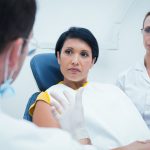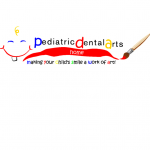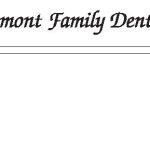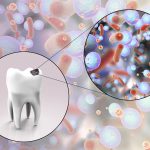
As a dental hygienist in Minnesota, I complete a professional portfolio to maintain my license. One of the core competencies is Patient Communication. As healthcare professionals we guide patients to better health through communicating therapy needs, providing the latest education and motivating patient self-care. Salivary diagnostics allows the clinician to have an objective measurement provided by a credentialed clinical laboratory. However, before the clinician and patient can benefit fro...
Read More









